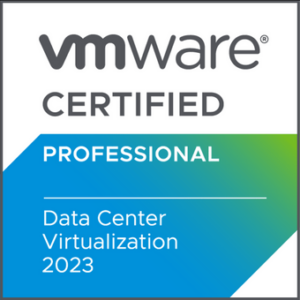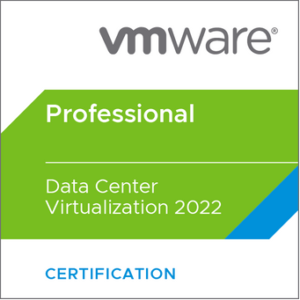VMware® vSphere Advantage™ is a new pay-as-you-go subscription model. Organizations can increase the return on existing investments in infrastructure and skillsets without needing to move or refactor workloads.

With vSphere Advantage, you have the flexibility to manage and operate your on-prem vSphere infrastructure and simultaneously leverage some of the cloud capabilities such as:
- Monitor events, alerts, capacity utilization, and security posture of your vSphere infrastructure from a centralized VMware Cloud (VMC) Console.
- Visualize your geographically distributed vSphere infrastructure in a single pane of glass.
- View all the VMs in your vSphere environment, identify clusters that have the required capacity, and create VMs as necessary.
- Plan and upgrade your license keys to purchase an upgrade to vSphere Advantage. The keyless entitlement and metering eliminate the need for key management. At any point, visualize your subscription usage across your deployments from the VMC Console.
- Update your vCenter Server instances in a single click.
What do you need to start using vSphere Advantage?
- ESXi host 6.5 or later.
- The vCenter Server version must be 7.0 Update 3a and later.
- The required vCenter Server version depends on the vSphere Advantage service you want to use:
| vCenter Server Version | Services You Can Use |
|---|---|
| 7.0 Update 3a and later | Explore a free trial monitor your vSphere infrastructure convert your vCenter Server to a subscription |
| Latest versionSee vSphere Advantage Downloads. | All services |
- Configure the vCenter Server with a backup and restore mechanism.
- Dedicate at least three ESXi hosts for the vCenter Server. (Recommended)
- The vCenter Server must be self-managed. It must manage its own ESXi hosts and virtual machines.
What to do if I have an unmanaged host?
| vCenter Server Deployment | Action |
|---|---|
| vCenter Server deployed on an unmanaged host. | Add the host to the management cluster. See Add a Managed Host to a Cluster. |
| vCenter Server deployed on a standalone host managed by a different vCenter Server. | Remove the host from the managing vCenter Server and add the host to the management cluster. See: Remove the Host from a ClusterAdd a Managed Host to a Cluster |
| vCenter Server deployed on a cluster managed by a different vCenter Server. | Perform either of the following tasks: Remove the host from the managing vCenter Server and add the host to the management cluster. See:https://kb.vmware.com/s/article/1004775https://kb.vmware.com/s/article/1029498Move the vCenter Server to the management cluster by using Cross vCenter vMotion. See Migrating Between vCenter Server Systems. |
Unsupported vCenter Server Configurations
- Ensure that the vCenter Server is not configured in High Availability mode.
- If the vCenter Server is configured in Enhanced Linked Mode (ELM), unlink it from ELM. See Repoint a vCenter Server Node to a New Domain. ELM is no longer required because with vSphere Advantage you can monitor your entire vSphere inventory in a single pane of glass.
- Ensure that the vCenter Server is not configured with NSX for vSphere, vRealize Operations Manager, Site Recovery Manager, vCloud Suite, or vSAN.
Hardware Requirements for vCenter Cloud Gateway
The following hardware requirements are for a single instance of vCenter Cloud Gateway. The number of instances you must install depends on the number of vCenter Servers you want to convert to subscription. You can connect up to 4 vCenter Servers on each vCenter Cloud Gateway instance.
| Hardware | Minimum Requirement |
|---|---|
| vCPUs | 8 |
| Memory | 28 GB |
| Storage | 190 GB |
How to deploy vSphere Advantage
For vSphere Advantage, the only installation required in your on-premises environment is a vCenter Cloud Gateway VM. vCenter Cloud Gateway establishes the communication between your on-premises vCenter Server instances and VMware Cloud, thereby, facilitating monitoring and managing your vSphere infrastructure from the VMC Console.
Please like and share to spread the knowledge in the community.
Subscribe to my channel: https://bit.ly/3vY16CT
If you want to chat with me please use Twitter: @AngrySysOps
Join my VMware Knowledge Base Group: https://bit.ly/3w54tbc
Visit my FB page: https://www.facebook.com/AngrySysOps
Read my blog: https://angrysysops.com
Subscribe to my channel: https://bit.ly/3vY16CT











